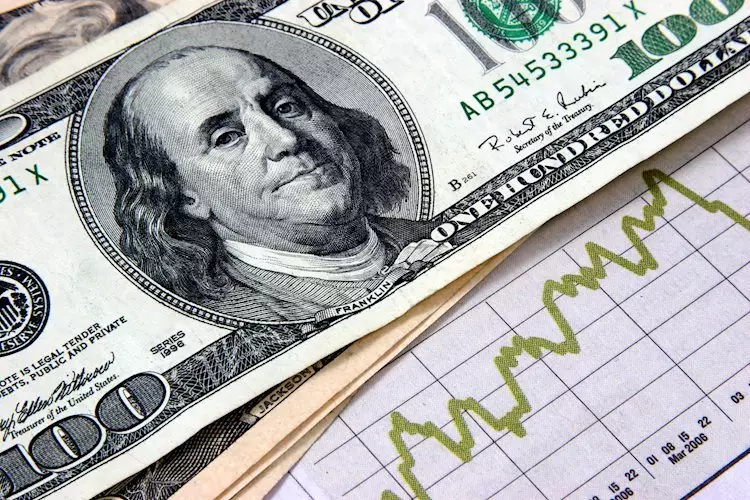The US Dollar (USD) is currently showing signs of strength as fresh buyers enter the market, pushing the USD Index (DXY) to a two-month high above the 106.00 mark. This bullish trend comes after a slight downfall inspired by softer US macro data the previous day. Traders are now eagerly awaiting the release of the Personal Consumption Expenditure (PCE) Price Index, which will play a crucial role in determining the future direction of the USD.
Fed Rate Cut Expectations
The recent hawkish comments by Federal Reserve officials have reinforced the expectations for at least one rate cut this year. Market participants believe that a lower-than-expected PCE deflator could support the case for two rate cuts by the Fed, potentially weakening the USD. Conversely, if the data surprises to the upside, it could delay the expected timing of the first rate cut and lead to a further uptrend in the Greenback.
Despite the recent moderation in US economic growth, influential FOMC members have indicated that the central bank is not in a rush to initiate a rate-cutting cycle. Fed Governor Michelle Bowman emphasized that the upside risks to inflation persist, suggesting that a rate cut is not yet on the table. Atlanta Fed President Raphael Bostic echoed similar sentiments, highlighting the importance of ensuring that inflation returns to the target level of 2% before any policy adjustments are considered.
The release of the US PCE data is expected to shape market expectations regarding the Fed’s future policy decisions. Any surprises in the data could lead to swift reactions in the currency market, with the Greenback likely to react accordingly. With the first US presidential debate failing to provide any significant boost to the USD, all eyes are now on the inflation data to guide the direction of the currency in the near term.
Understanding the PCE Index
The Personal Consumption Expenditures (PCE) Price Index, released monthly by the US Bureau of Economic Analysis, measures changes in the prices of goods and services purchased by consumers in the United States. The year-over-year (YoY) reading compares prices in the reference month to a year earlier, offering insights into inflation trends. The PCE Deflator, which accounts for consumer substitutions in response to price changes, is considered the preferred inflation measure for the Federal Reserve. A high reading is typically seen as bullish for the USD, while a low reading could weigh on the currency.
The upcoming release of the US PCE Price Index is expected to have a significant impact on the trajectory of the Greenback. Market participants will closely analyze the data to gauge the Fed’s future policy decisions and adjust their positions accordingly. The USD’s performance in the coming sessions will largely depend on how the inflation data aligns with market expectations and influences the rate cut narrative.

